I have a weather station at my house and contribute the precipitation data to a nation wide website of weather watchers. I have always enjoyed tracking and understanding what is occurring in our local weather but the normal sources we use often fall far short for where I live and play. You can also become a weather station and track your weather or you can just peek in on the results to see what they have measured.
The organization that I track my precipitation with is called CoCoRaHS which stands for the Community Collaborative Rain, Hail and Snow Network. CoCoRaHS is a unique, non-profit, community-based network of volunteers of all ages and backgrounds working together to measure and map precipitation (rain, hail and snow). By using low-cost measurement tools, stressing training and education, and utilizing an interactive Web-site, their aim is to provide the highest quality data for natural resource, education and research applications. The network originated with the Colorado Climate Center at Colorado State University in 1998 thanks in part to the Fort Collins flood a year prior. In the years since, CoCoRaHS now includes thousands of volunteers nationwide.
I will go into more information on CoCoRaHS a bit later, but here is what I do. Each morning by 0700, I try and submit my data. If you can’t do it that day, no big deal and if you can’t do it by that time, they are adaptable to that also. Sometimes I feel like Desmond Hume (Lost) though.
Here is the routine I went through this morning. I went out to check my rain gauge to see how much rain I received.
I then removed the inner tube to carefully check the amount.
Next, I entered that amount on the online form that they provide for your recognized station.
After I entered my data, I was curious on how much rain the other stations in Madera County received, so I clicked under the “View Data” at the top of the previous form, which took me to http://www.cocorahs.org/ViewData/ then clicked on the Daily Precipitation Reports at the top of that page.
Once I was on that page, I clicked on the “All Counties” Menu to the right of “California” and chose Madera County. This is what showed up today.
So, you can play around with this to see what kind of precipitation was received in your area of interest. CoCoRaHS only provides the precipitation on this website, although you may see some additional information in the notes section of any given station.
If you are interested in becoming a CoCoRaHS Weather Station, the information and application are located on their website. They would love to have more weather stations out there and everyone can help, young, old, and in-between. Their only requirements are an enthusiasm for watching and reporting weather conditions and a desire to learn more about how weather can effect and impact our lives.
CoCoRaHS is used by a wide variety of organizations and individuals. The National Weather Service, other meteorologists, hydrologists, emergency managers, city utilities (water supply, water conservation, storm water), insurance adjusters, USDA, engineers, mosquito control, ranchers and farmers, outdoor & recreation interests, teachers, students, and neighbors in the community are just some examples of those who visit the Web site and use the data.
The National Oceanic and Atmospheric Administration (NOAA) and the National Science Foundation (NSF) are major sponsors of CoCoRaHS. Other organizations have contributed either financially, and/or with supplies and equipment. Many other organizations and individuals have pitched in time and resources to help keep the network up and running.
I would also like to mention another great source for local and I mean really local weather. CoCoRaHS is mostly for precipitation data. For more detailed data that includes wind and temperature, there are local weather stations that track this information and who knows, one of these just may be your neighbor. An easy way to see all of these is to go to the local Weather Underground Home Page weather for your area. Here is the link to Ahwahnee. If you scroll to the bottom of the page, you will see the current weather conditions at these electronic weather stations. You may be able to click on the individual weather station for historical and real time data. I also have a computerized weather station but have been having some technical issues getting it to talk with the website. That is one of my rainy day projects.
I hope this has been more helpful than confusing on how you can access some of the really local weather information that is available out there. I am sure hoping that I can add much more precipitation in my future CoCoRaHS reports!
Sources: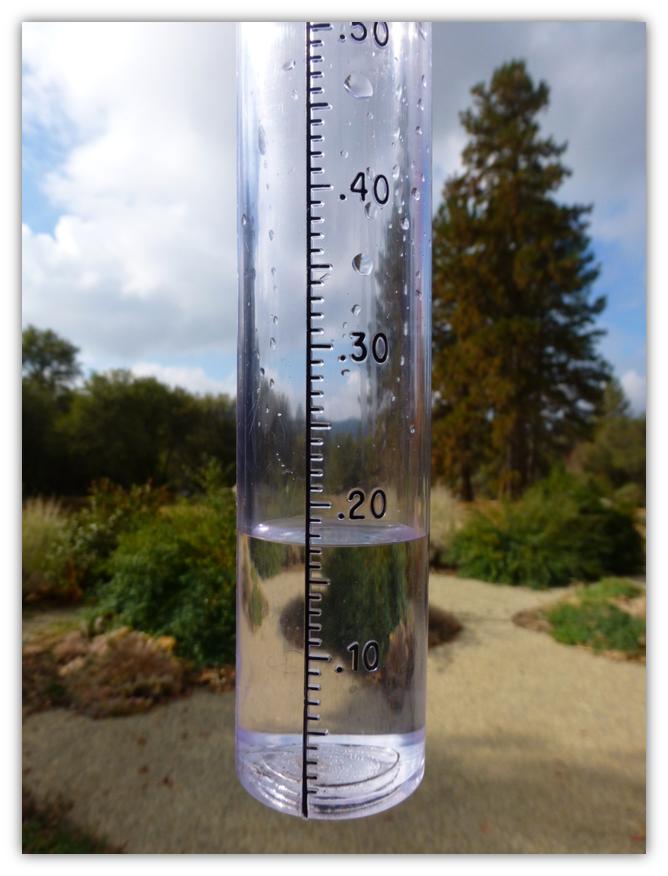
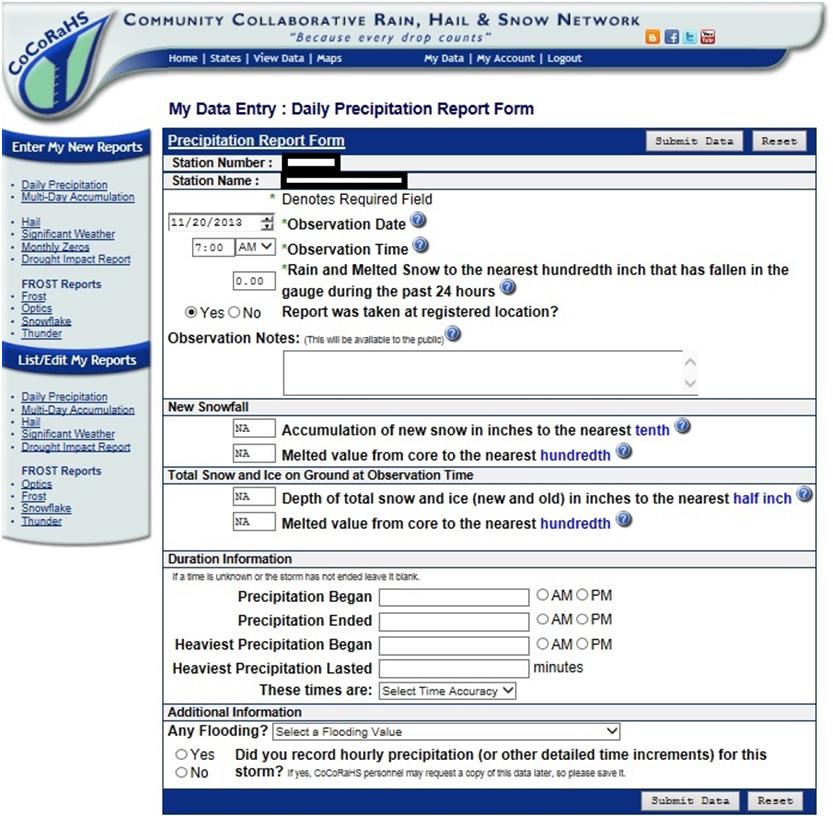
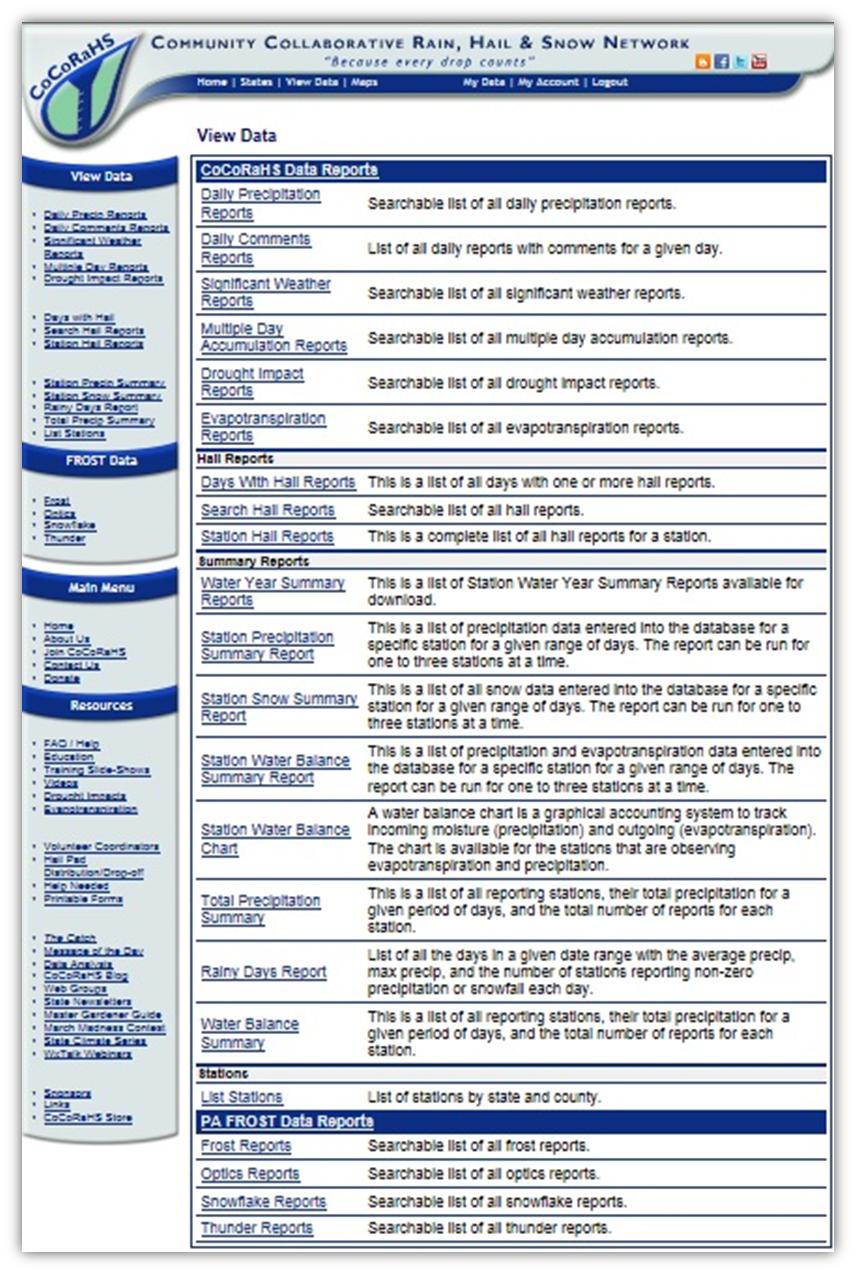
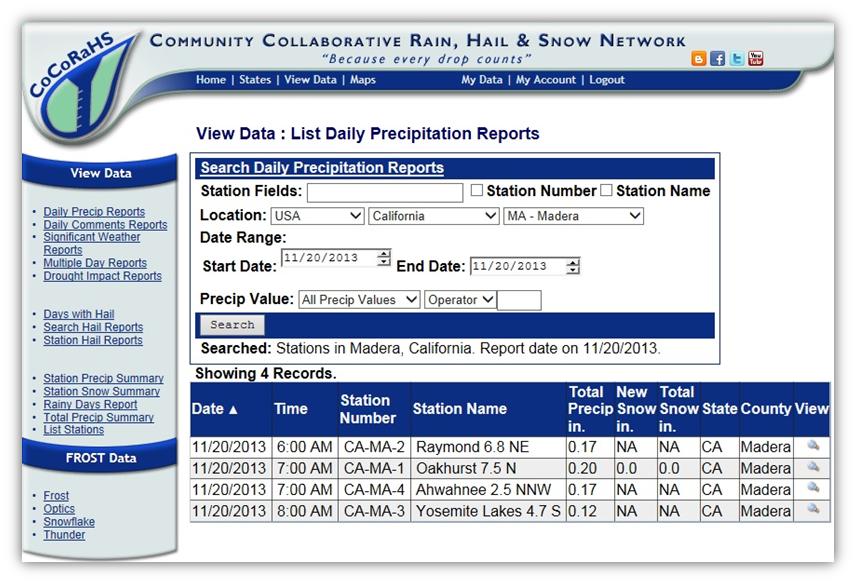
http://www.wunderground.com/cgi-bin/findweather/getForecast?query=93601
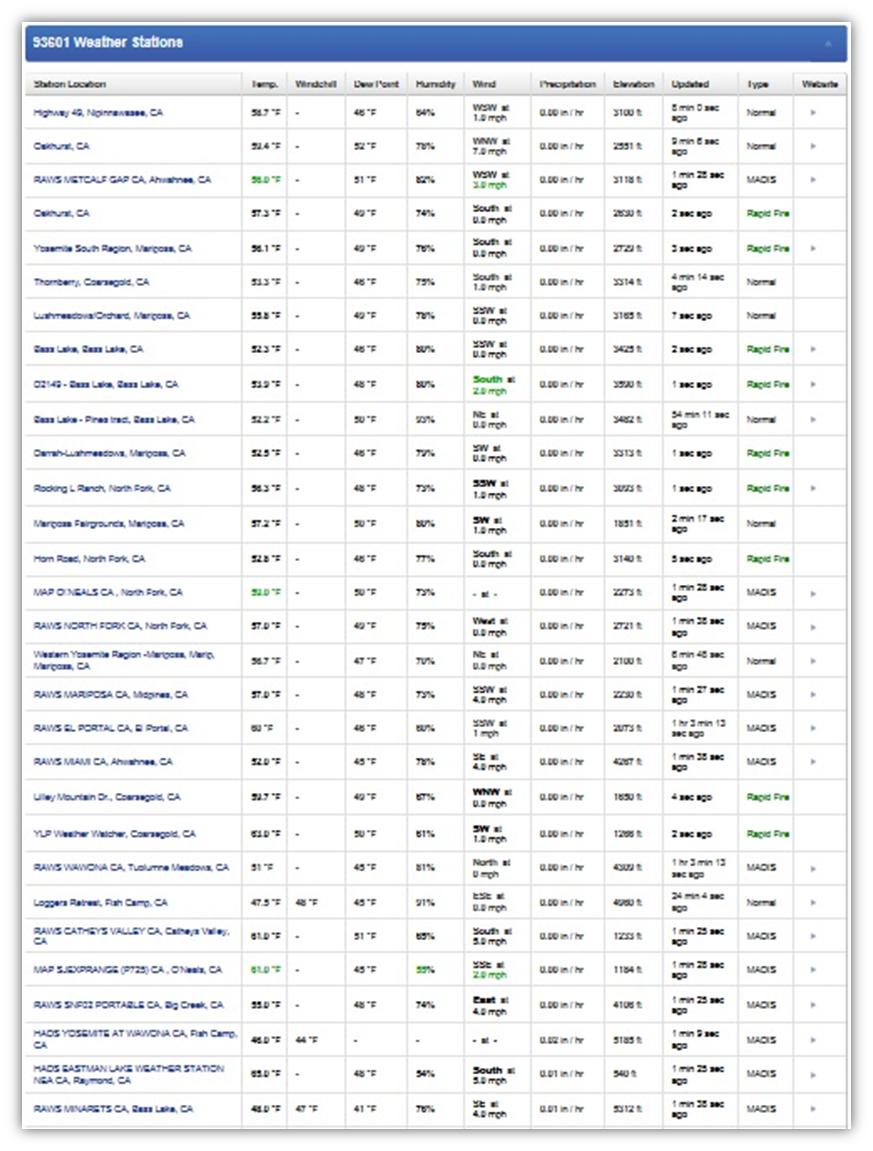
http://www.cocorahs.org/
http://www.wunderground.com/
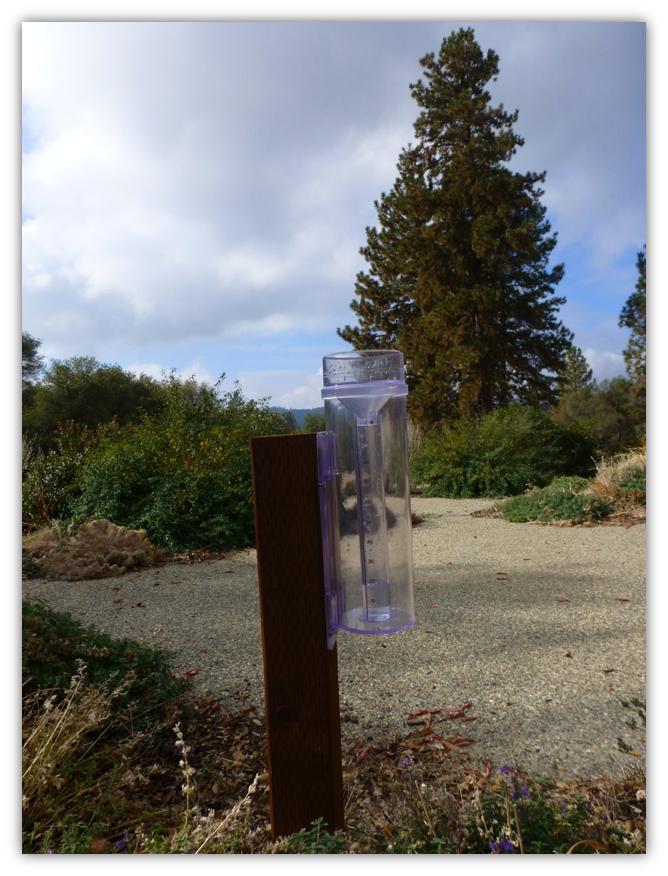



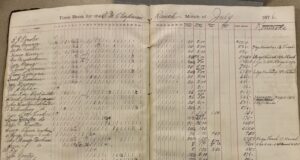
Thanks for the nice article. Weather is also a passon of mine. Here is my weather website,it is all automated and also sends data to several sites including MESOWEST, Weatherunderground, and others several times daily along with Channel 30 and 47 when rain totals amount to reportable. Enjoy
Paul Lemmon, North Fork
http://www.rockinglweather.com
Thank you Paul, for sharing your information. I KNOW that it will be very helpful for folks.
In this article, I did not include the National Weather Service website. In case you haven’t visited it, here is the link. http://forecast.weather.gov/MapClick.php?lat=37.3279997&lon=-119.64931539999998&site=all&smap=1&searchresult=Oakhurst%2C%20CA%2C%20USA#.Uo94NF6A2M8
Great idea, but observations should be made using US measuring units (SI), not archaic inch-pound units.